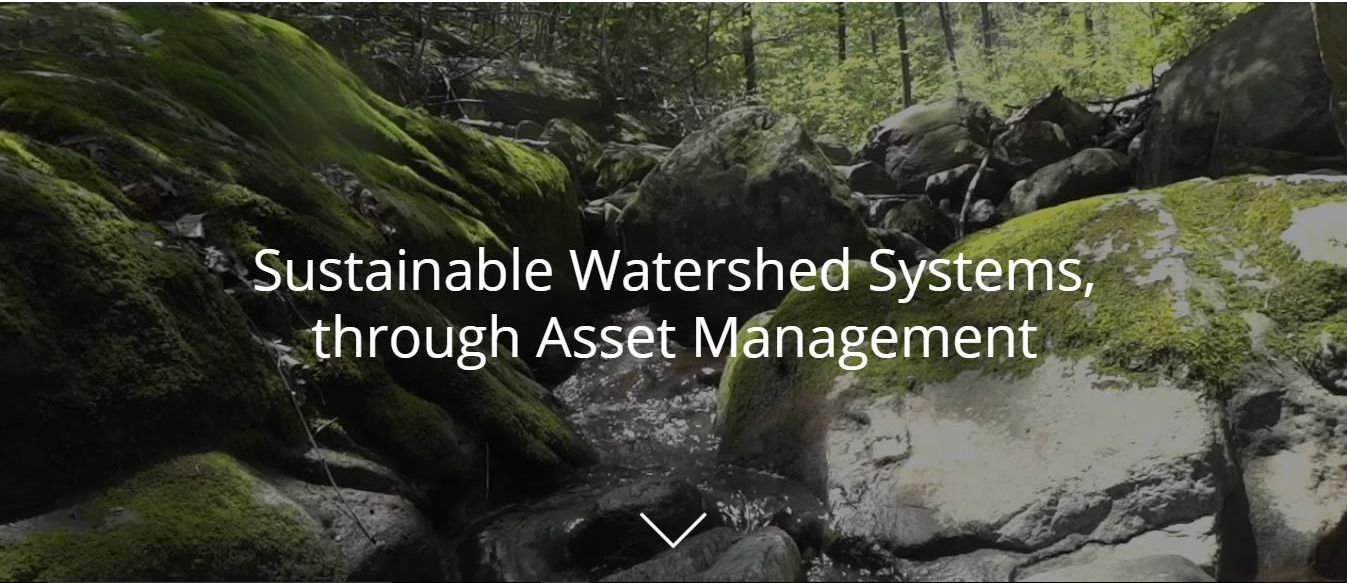SUSTAINABLE WATERSHED SYSTEMS: “The Partnership understanding of hydrology and watershed management issues in the Pacific Northwest provides some intriguing insights,” stated Dr. Charles Rowney, Scientific Authority, Partnership for Water Sustainability in British Columbia (September 2017)
Note to Reader:
Inter-governmental collaboration and funding enable the Partnership for Sustainability in British Columbia to collaborate with others to develop approaches, tools and resources. The educational goal is to build practitioner capacity within the local government setting to implement a whole-system, water balance approach branded as Sustainable Watershed Systems, through Asset Management.
Tools and Resources for
Climate Adaptation Action
In September 2017, the Partnership for Water Sustainability in British Columbia announced the re-build of the waterbalance.ca website. It now provides easy access to an array of 11 online decision support tools and calculators.
Comprehensive and coordinated use of the 11 tools and calculators would help communities achieve the vision for Sustainable Watershed Systems, through Asset Management.
Looking to the Future
“The current industry-wide move to on-line computation, propelled by changing approaches to software delivery as a multitude of enterprises commit to The Cloud, is hugely important,” states Dr. Charles Rowney, the Partnership’s Scientific Authority for the Water Balance Model family of tools.
 As the Director of Operations for the new US-based Center for Infrastructure Modeling and Management, Charles Rowney is a driving force behind ncimm.org.
As the Director of Operations for the new US-based Center for Infrastructure Modeling and Management, Charles Rowney is a driving force behind ncimm.org.
Under an agreement with the US Environmental Protection Agency, ncimm.org has been created to provide sustainable research, development and outreach for water infrastructure modeling, initially focusing on two foremost modelling tools – known around the world by the acronyms EPA SWMM and EPANET.
Online Computation:
“The leadership shown by the Partnership for Water Sustainability in decisively moving in this direction well over a decade ago has led to a body of knowledge from which others can learn,” continues Dr. Rowney.
“We will certainly tap into the Water Balance Model experience as the Center explores options for SWMM and EPANET deployment beyond the desktop.
“The Partnership understanding of hydrology and watershed management issues in the Pacific Northwest provides some intriguing insights into new diagnostics, targets and interpretation needs for watersheds, and the tools we develop will very likely need to embrace those ideas,” concludes Dr. Rowney.
The Challenge
“Opportunities for land use and infrastructure servicing practitioners to make a difference are at the time of (re)development. To those individuals the Partnership says: share and learn from those who are leading change; design with nature; ‘get  it right’ at the front-end of the project; build-in ‘water resilience’; create a lasting legacy,” continues Kim Stephens, Partnership Executive Director.
it right’ at the front-end of the project; build-in ‘water resilience’; create a lasting legacy,” continues Kim Stephens, Partnership Executive Director.
“Many land and infrastructure professionals in this province do know in principle what they ought to do. However, there is still a gap between UNDERSTANDING and IMPLEMENTATION. This results in a capacity-building challenge:
On the one hand, the Partnership can provide practitioners with water balance tools and resources; it is another matter for those folks to apply the tools and resources.
“British Columbia is progressing. Yet communities could do so much more if they would consistently capitalize on rather than miss opportunities. Apply the tools. Do what is right. Learn from experience. Adapt. Pass the baton,” concludes Kim Stephens.
To Learn More:



